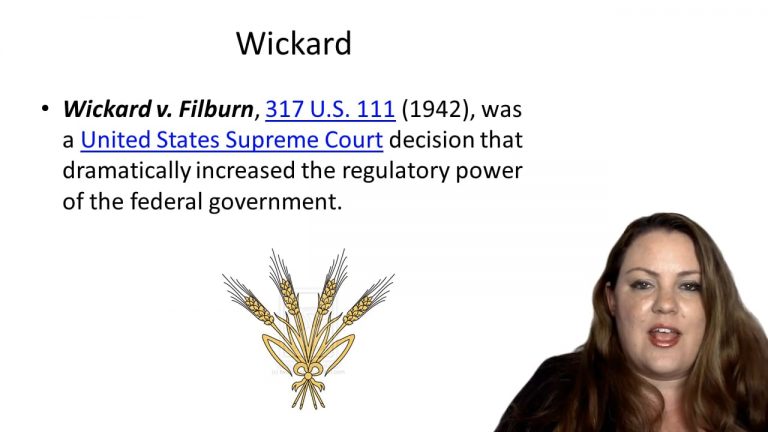SmartBrief
Confirm favorite deletion?
Constitutional Law Keyed to Shanor
United Haulers v. Oneida-Herkimer Solid Waste Management Authority
Citation:
550 U.S. 330 (2007)Facts
“Flow control” ordinances require trash haulers to deliver solid waste to a particular waste processing facility. The laws at issue require haulers to bring waste to facilities owned and operated by a state-created public benefit corporation. In 1989, the Counties entered into an agreement, under which the Authority agreed to manage all solid waste within the Counties. Private haulers would remain free to pick up citizens’ trash from the curb, but the Authority would take over the job of processing the trash, sorting it, and sending it off for disposal. The Counties enacted “flow control” ordinances requiring that all solid waste generated within the Counties be delivered to the Authority’s processing sites. Private haulers must obtain a permit from the Authority to collect waste in the Counties.
Only StudyBuddy Pro offers the complete Case Brief Anatomy*
Access the most important case brief elements for optimal case understanding.
*Case Brief Anatomy includes: Brief Prologue, Complete Case Brief, Brief Epilogue
- The Brief Prologue provides necessary case brief introductory information and includes:
Topic:
Identifies the topic of law and where this case fits within your course outline.Parties:
Identifies the cast of characters involved in the case.Procedural Posture & History:
Shares the case history with how lower courts have ruled on the matter.Case Key Terms, Acts, Doctrines, etc.:
A case specific Legal Term Dictionary.Case Doctrines, Acts, Statutes, Amendments and Treatises:
Identifies and Defines Legal Authority used in this case.
- The Case Brief is the complete case summarized and authored in the traditional Law School I.R.A.C. format. The Pro case brief includes:
Brief Facts:
A Synopsis of the Facts of the case.Rule of Law:
Identifies the Legal Principle the Court used in deciding the case.Facts:
What are the factual circumstances that gave rise to the civil or criminal case? What is the relationship of the Parties that are involved in the case.Issue(s):
Lists the Questions of Law that are raised by the Facts of the case.Holding:
Shares the Court's answer to the legal questions raised in the issue.Concurring / Dissenting Opinions:
Includes valuable concurring or dissenting opinions and their key points.Reasoning and Analysis:
Identifies the chain of argument(s) which led the judges to rule as they did.
- The Brief Prologue closes the case brief with important forward-looking discussion and includes:
Policy:
Identifies the Policy if any that has been established by the case.Court Direction:
Shares where the Court went from here for this case.
Topic Resources
Topic Outline
Topic Refresher Course
Topic Charts & Notes

 9m 38s
9m 38s 5m 5s
5m 5s